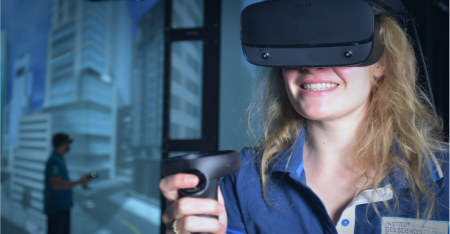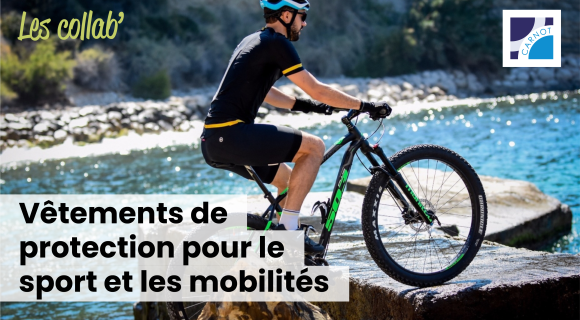Presentation
Understand the task in order to adapt it to Human, and understand the interaction between the material/ environment and Human.
Ergonomics for :
- Increase/ optimize/ improve user safety
- Maintain a level of performance.
The is based on a multidisciplinary base combining biomechanics, physiology, neurophysiology, behavioural neurosciences, analysis and characterization of materials.
Expertises
-
Human factors
Depending on :
- Stress
- Effort and mental load
- Level of vigilance
- Attention and memory cost
- Motivation
- Learning
Special populations :
- Pathologies
- Impairments
- Senescence
- Youth topics
- High-level sportsmen and women.
-
Human-Machine-Environment-Interactions
Perceptual responses
- Analysis of sensory biases: Judgement ; Uncertainty ; Sensory illusions (vision, hearing/ vestibular system, movement...)
Motor responses (using biomechanics and eye tracking)
- Type of movement
- Type of coordination
Physiological responses
- Cardiac system, cardiac variability (ECG)
- Electrodermal activity for stress measurement (GSR)
- Muscle activity (type of [space-time] contraction) (EMG)
Brain responses
- Imaging observations dureing the execution of a task (fMRI,...)
- Neurophysiology (EEG, MEG).
-
Knowledge and handling of the environment
Knowledge of complex environments
- Clinic/ Aeronautics...
- Recommendation and design of HMIs (machine and equipment)
Handling of environments
- VR-RA development
- Creation of custom immersive environments
- Analysis of usages, interactions, commands and interfaces
- Behavioural analysis
- Creation and/or evaluation of e-learning content.
-
Mechanical and body parameters for the design of materials, prototypes and protective equipment
Analysis and mechanical characterization
- Resistance tests
- Tensile, compression, shear, rotation, and tension tests...
- Measurement of surface condition, roughness, waviness, polishing,...
- Physical design of protective equipment
Human simulation and modeling
- Numerical model of the human body: Adult, pregnant woman; child; Thoracic limb; Pelvic abdomen; Spine; Pelvic limbs
- Simulation of shocks to the human body
- Materials: mechanical tests, effort, resistance, rupture,...
- Finite element analysis.


